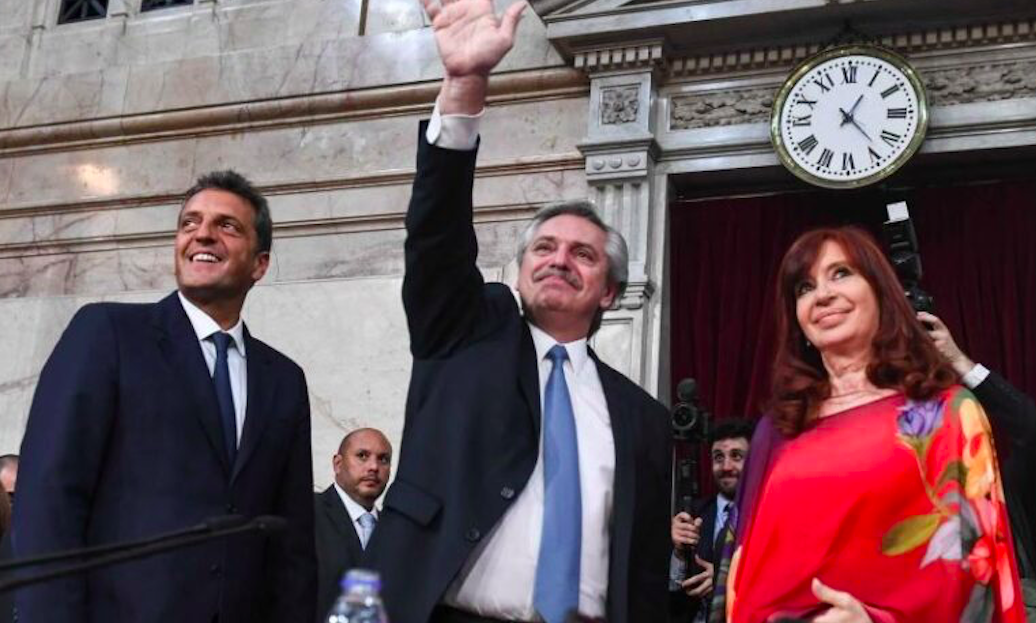The annual variation of retail prices doubled its rate of increase in the first three years of Kirchner’s administration, despite all the control programs.
The Argentine economy plunges into stagflation.
Price controls failed again as a tool to contain inflation. INDEC confirmed that retail prices rose 5.1% last December, so 2022 ended with a cumulative increase of 94.8% in this price segment.

The greatest increases were observed in the category of hotels and restaurants, with a variation of up to 7.2% compared to the previous month.
Alcoholic beverages and tobacco jumped 7.1% in December, household equipment products 5.9%, transportation fares 5.8%, and health rose 5.7% on average (among obras sociales and prepaid).
All these items rose above the general price average.
Likewise, the average price of food increased by 4.7%, recreation and cultural services increased by 4.6%, electricity, gas and water bills by 4.2%, and clothing increased by 4%, among other sectors.
Year-on-year inflation reaches the most extreme values recorded since October 1991.
The Argentine economy confirmed its stay in a dangerous regime of high inflation, at the same time that real economic activity stagnated: it reached the process of stagflation more deep since 1990.
Prices have doubled their rate of increase since December 2019.
Alberto Fernández inherited a year-on-year inflation level of the order of 53.8% at the beginning of his administration, and the 6-month average of monthly inflation reached 3.89%.
Currently, interannual inflation reaches 94.8% (almost doubling the figure inherited by the Macri administration) and the 6-month average of monthly inflation was 6.15% considering the July-December period, also showing a duplication in the rate of increase compared to the last period of the previous government.
The successive price control programs did not offer any kind of useful solution to lessen the inflationary stampede.
Only in its first month of application, the Fair Prices program caused shortages of up to 25% of the merchandise affected in gondolas of large supermarkets, but did not produce the long-awaited reduction in inflation.
The shortages put the Government between a rock and a hard place, since continuing with the aggressive and strict application of the program could boycott access to essential products.
Some towns like La Matanza only comply with up to 20% of the regulated price guidelines, since if they were all met there would be no products on the gondolas.
The ruling party announced its response to the shortage episodes and will now seek to add inputs to the controls, thus affecting other links in the production chain.
These measures only promise to cause more shortages, but this time on the wholesale market.
Although the increase in prices was reduced compared to the inflationary outbreak of July 2022, the “floor” of increases conquered by Sergio Massa’s management continues to be much higher than any other floor observed during the previous two years.
The results promised by the Government still do not materialize in the Argentine pocket.
With information from La Derecha Diario

